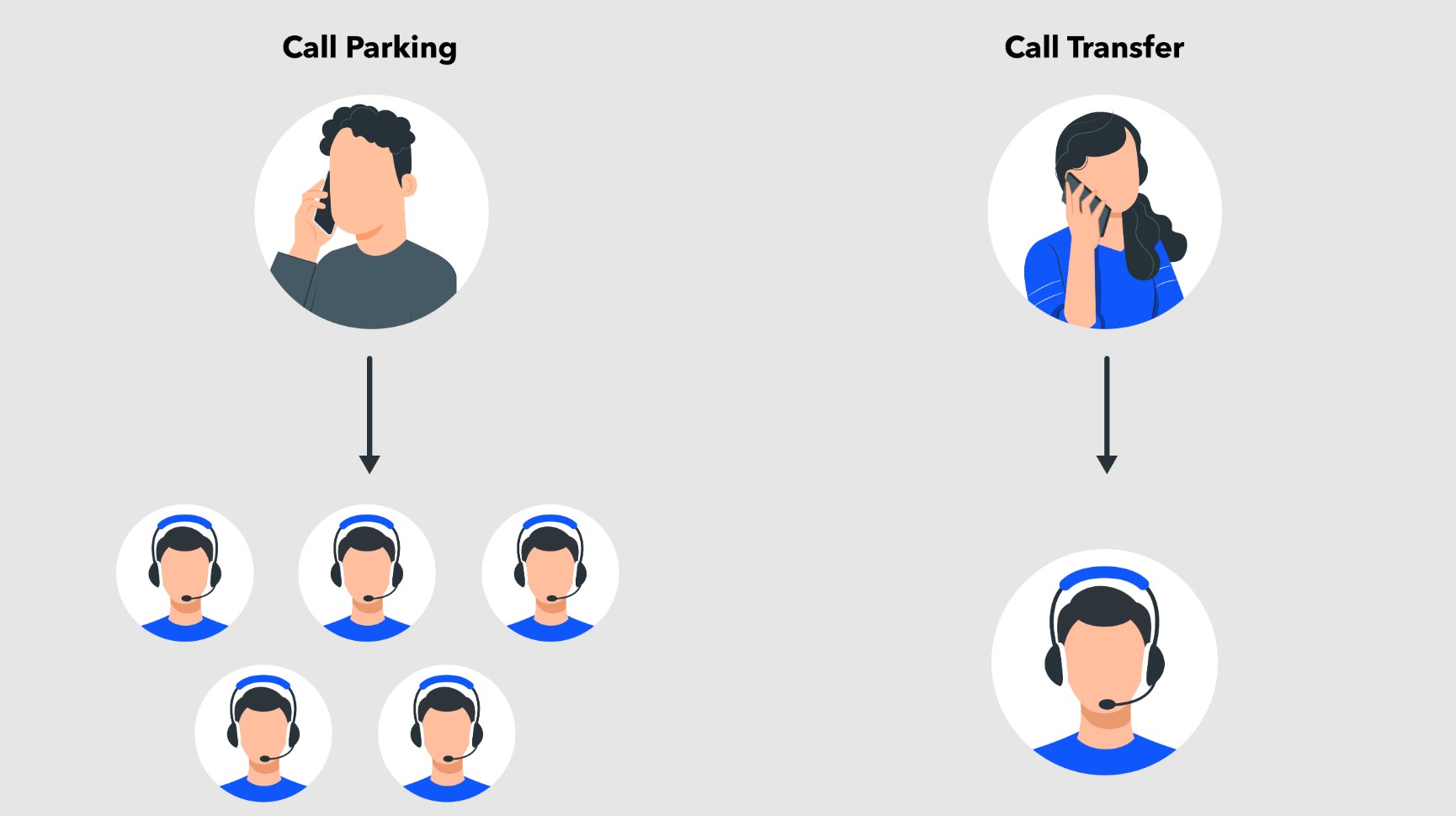Customer feedback is a valuable resource that provides businesses with valuable insights into customer satisfaction, product quality, and overall experience. By actively listening to your customers, you can gain a deeper understanding of their needs and expectations, which can help drive business growth and success.
Understanding the Importance of Customer Feedback
Enhancing Customer Satisfaction
When you actively seek and listen to customer feedback, you show your customers that their opinions matter. By addressing their concerns and implementing changes based on their feedback, you can significantly enhance customer satisfaction and loyalty.
Identifying Areas for Improvement
Customer feedback acts as a powerful tool for identifying areas where your products or services may need improvement. By analyzing feedback, you can pinpoint specific pain points and take proactive measures to address them effectively.
Building Customer Loyalty
Listening to customer feedback and taking action demonstrates your commitment to providing an exceptional customer experience. This builds trust and loyalty among your customers, increasing the likelihood of repeat business and positive word-of-mouth recommendations.
Methods to Gather Customer Feedback
To gather customer feedback effectively, businesses can employ various methods tailored to their target audience and industry. Here are some popular approaches:
- Surveys and Questionnaires – Surveys and questionnaires allow you to collect structured feedback from customers. By designing well-crafted surveys, you can gather specific information and quantitative data, providing valuable insights into customer preferences and opinions.
- Online Reviews and Ratings – Online reviews and ratings on platforms such as Yelp, Google, or social media provide a wealth of unfiltered customer feedback. Monitoring and analyzing these platforms help you understand customer sentiment and identify areas for improvement.
- Social Media Listening – Social media platforms offer a treasure trove of customer feedback. By actively monitoring mentions, comments, and direct messages, you can gain real-time insights into customer opinions and sentiments.
- Customer Interviews – Engaging in one-on-one interviews with customers allows for in-depth conversations and a deeper understanding of their experiences. Interviews provide qualitative feedback, enabling businesses to uncover valuable insights and ideas for improvement.
Analyzing and Utilizing Customer Feedback
Once you have collected customer feedback, it’s crucial to analyze and utilize it effectively. Here are key steps in the process:
- Organizing and Categorizing Feedback – To make sense of the feedback received, it’s important to organize and categorize it. By grouping similar feedback together, you can identify common themes and prioritize areas for improvement.
- Identifying Trends and Patterns – Analyzing customer feedback helps uncover trends and patterns that may have gone unnoticed otherwise. By identifying recurring themes, you can gain a deeper understanding of customer needs and preferences.
- Prioritizing Feedback for Action – Not all feedback requires immediate action. Prioritizing feedback based on its impact and relevance allows you to focus on areas that will yield the most significant improvements for your customers and business.
Implementing Changes Based on Customer Feedback
Listening to customer feedback is only valuable if you take action. Here are steps to effectively implement changes based on feedback:
Communicating Changes to Customers
After making changes based on customer feedback, it’s crucial to communicate these updates to your customers. By keeping them informed, you demonstrate that their feedback is valued and that you are committed to continuous improvement.
Tracking the Impact of Changes
Monitoring the impact of changes made based on customer feedback is essential. By tracking metrics such as customer satisfaction, retention rates, and sales, you can assess the effectiveness of the implemented changes and make further adjustments if needed.
Benefits of Listening to Customer Feedback
Listening to customer feedback yields numerous benefits for businesses. Here are some key advantages:
- Improved Product Development – Customer feedback provides valuable insights that can drive product enhancements and innovations. By aligning your offerings with customer needs and preferences, you can develop products that better meet market demands.
- Enhanced Customer Experience – By actively listening to customer feedback, you can identify pain points in the customer journey and take measures to improve the overall experience. This leads to increased customer satisfaction and loyalty.
- Increased Customer Retention – When customers feel heard and their feedback is acted upon, they are more likely to remain loyal to your brand. Satisfied customers not only continue doing business with you but also become brand advocates, attracting new customers through positive recommendations.
Common Challenges and How to Overcome Them
While collecting and managing customer feedback can be beneficial, it comes with its own set of challenges. Here are common challenges and strategies to overcome them:
Dealing with Negative Feedback
Negative feedback can be disheartening, but it also presents an opportunity for improvement. Instead of getting defensive, view negative feedback as constructive criticism and use it to identify areas for growth.
Handling a Large Volume of Feedback
As your business grows, managing a large volume of feedback can become overwhelming. Implementing feedback management tools and processes can help streamline the collection, analysis, and utilization of customer feedback.
Balancing Feedback with Business Goals
While customer feedback is essential, it’s important to strike a balance between customer satisfaction and your business goals. Evaluate feedback in the context of your company’s vision and objectives, ensuring that changes align with long-term strategies.
8. Best Practices for Effective Feedback Management
To optimize the value of customer feedback, follow these best practices:
- Prompt Response and Acknowledgment – Respond to customer feedback promptly, showing that their input is valued. Even if immediate action is not possible, acknowledging their feedback helps build trust and strengthens the customer-business relationship.
- Transparency and Authenticity – Be transparent in how you handle customer feedback. Share updates on changes implemented based on their input, and maintain authenticity in your communication. Customers appreciate honesty and genuine efforts to address their concerns.
- Continuous Improvement – Feedback management is an ongoing process. Continuously seek feedback, adapt to changing customer needs, and strive for continuous improvement in your products, services, and customer experience.




